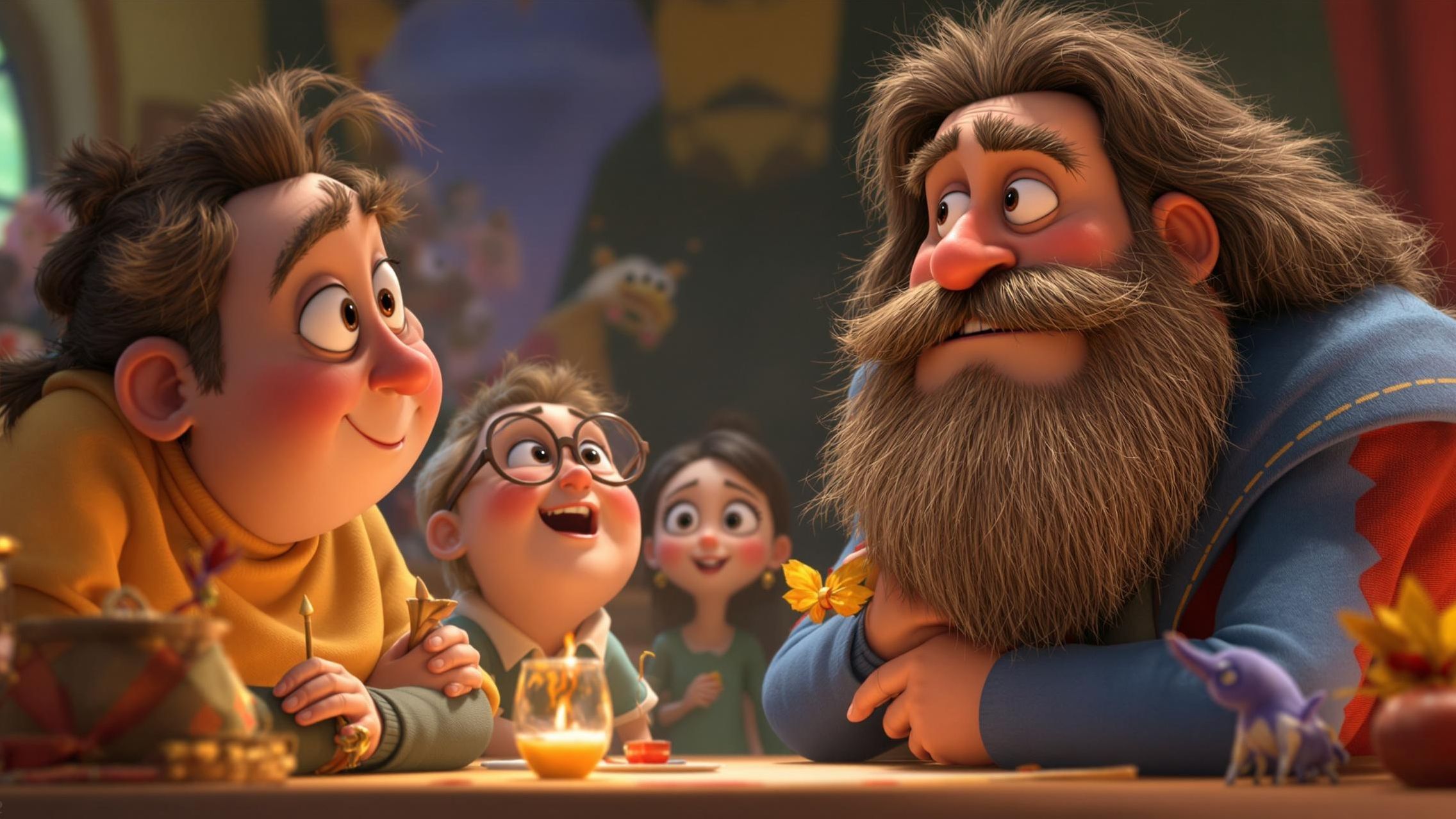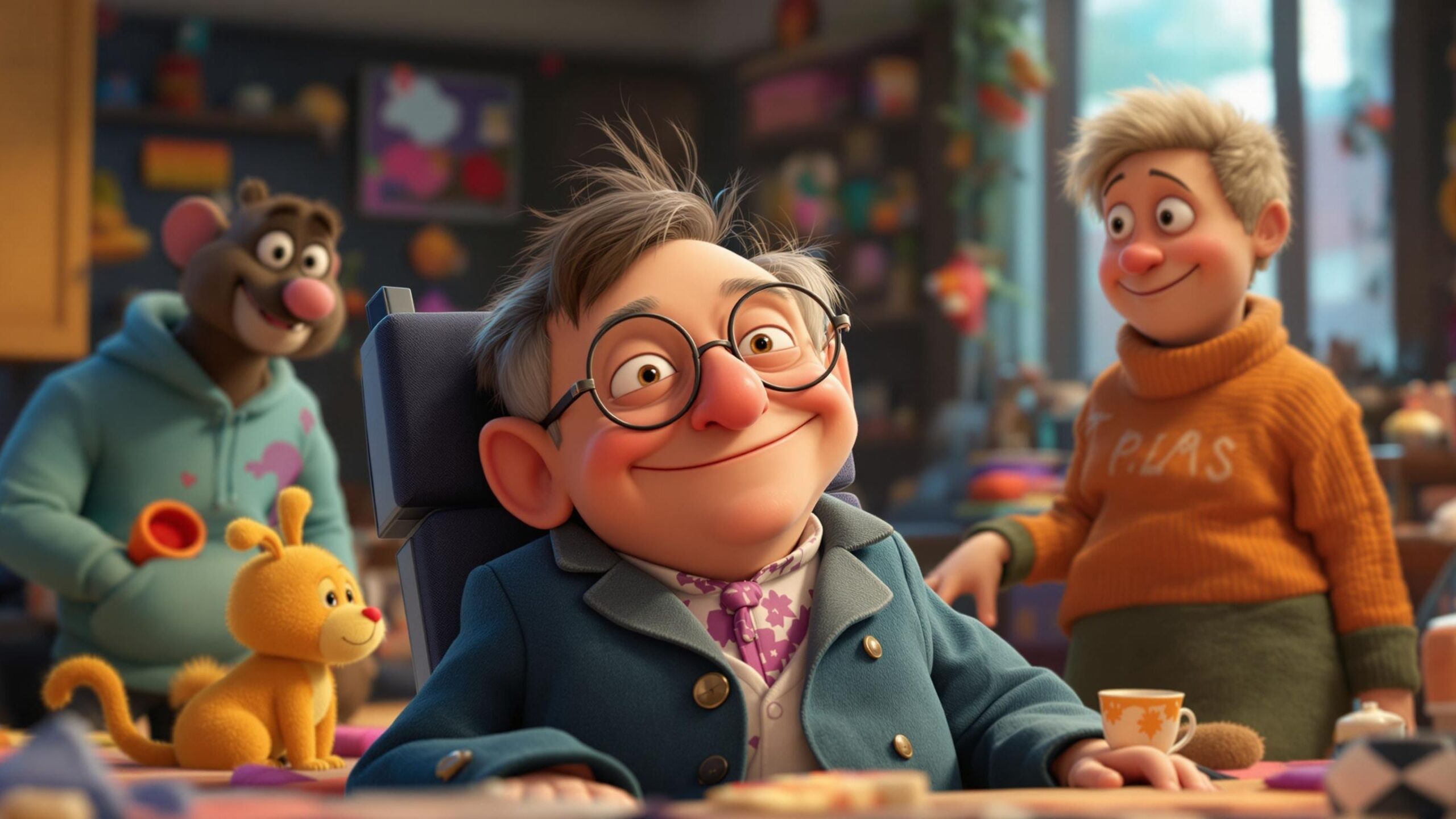Born Out of Curiosity, Forged by Imagination
Leonardo da Vinci wasn’t born in a grand palace or into a family of scholars. He was born in 1452, in the small Tuscan town of Vinci, as the illegitimate son of a notary and a peasant woman. But this humble beginning didn’t limit him—instead, it liberated him. Untethered by the expectations of a specific profession or noble lineage, young Leonardo grew up chasing butterflies, watching water ripple, sketching the flight of birds, and wondering about absolutely everything. From the moment he could hold a pencil, Leonardo started exploring. He asked questions not because he wanted simple answers, but because he believed every mystery was an invitation to a deeper understanding of life itself. Why do birds fly? How do muscles move? What lies beneath the skin of the human body? Where others saw the world as a finished picture, Leonardo saw an eternal sketch—unfinished, mysterious, and begging to be explored.
The Artist Who Painted with Science
Most people know Leonardo for the Mona Lisa, that mysterious smile that’s launched a million interpretations. Or perhaps The Last Supper, frozen in that dramatic moment when Jesus tells his disciples one of them will betray him. These masterpieces didn’t just showcase technical skill—they showcased Leonardo’s unique fusion of art and science. He didn’t paint from imagination alone; he painted from a precise understanding of light, perspective, anatomy, and emotion.
Leonardo was obsessed with the mechanics of expression. He dissected corpses to learn how muscles formed a smile. He watched light fall through windows to study how shadows curved across the human face. He once wrote, “Painting is a mental thing.” And for him, it was—he wasn’t just capturing appearances, he was mapping reality.
But Leonardo didn’t draw a line between art and science. For him, they were the same pursuit: the search to understand the world in all its messy, beautiful complexity.
Anatomist of the Human Soul
Long before MRIs and X-rays, there was Leonardo and his notebooks. He dissected over 30 human corpses in his lifetime—not out of morbidity, but out of insatiable curiosity. He wanted to understand how the human body worked, down to the smallest tendon and tiniest valve. His anatomical sketches are stunning in both precision and artistry, from the structure of the heart to the whorls of the human brain.
But he didn’t just study muscles and bones. He studied posture, movement, and emotion. One of his notebooks shows how fear stiffens the spine, while love softens it. He believed the body was a map of the soul’s journey. To draw a man, he said, you must understand not just his form, but his spirit.
In many ways, Leonardo was the original bioengineer—building bridges between biology and art centuries before such a concept even existed.
The Notebook of Wonders
Leonardo left behind thousands of pages filled with thoughts, inventions, doodles, and mirrored handwriting. These weren’t just journals—they were mental playgrounds, filled with ideas that bounced from anatomy to flight, from music to mechanics, from jokes to profound philosophical reflections. He sketched ideas for helicopters, submarines, tanks, and robotic knights long before the technology existed to build them.
He dreamed up bridges that could unfold like fans, city plans with sewage systems, and war machines with spinning blades. He visualized solar-powered ovens and devices to breathe underwater. While many of these designs remained on paper, they weren’t failures. They were seeds planted centuries ahead of their time.
Leonardo’s notebooks show a mind that refused to stop at “good enough.” Every page reveals a question, a hypothesis, a challenge to the status quo. They are less a record of what he knew and more a record of what he wanted to know.
The Flight of Fantasy—and Physics
One of Leonardo’s greatest obsessions was flight. He studied birds with the intensity of a biologist and the wonder of a child. He filled page after page with designs for gliders, parachutes, and ornithopters—winged contraptions that flapped like birds. Though his flying machines never took to the skies in his lifetime, his deep understanding of lift, drag, and air resistance laid a foundation for modern aviation.
He once said, “For once you have tasted flight, you will walk the earth with your eyes turned skyward.” Even though he remained grounded in body, his imagination soared centuries ahead of human capability. Leonardo understood that flight wasn’t just about technology—it was about freedom, vision, and transcending limitations.
His flying machines weren’t failures. They were dreams with wings, reminding us that innovation often starts by looking up.
Leonardo the Engineer: Bridges, Machines, and Marvels
Leonardo’s job titles changed constantly—he was a painter, a court entertainer, a war engineer, and a dreamer-in-residence to dukes and kings. Wherever he went, he brought ideas that defied expectation. In Milan, he designed stage sets that shifted like clockwork for elaborate court performances. For Cesare Borgia, he mapped enemy territory with the eye of a military strategist. He sketched a giant crossbow the size of a small building and a self-propelled cart that worked like a wind-up toy.
His designs included water pumps, cranes, rotating platforms, and even early concepts for gears and transmissions. Some of his inventions are surprisingly close to modern mechanisms used in factories and automobiles today.
What made Leonardo special wasn’t just that he built things—it was that he built things from ideas. He reverse-engineered nature, imagined future technology, and brought an artist’s intuition to an engineer’s blueprint. He didn’t just think outside the box. He redesigned the box entirely.
The Restless Renaissance Mind
Leonardo had one weakness, if you could call it that: he was often more fascinated by the discovery than the completion. He’d start dozens of projects and finish only a handful. To some, that’s a flaw. But to Leonardo, it was a way of life. Curiosity doesn’t sit still, and he never forced himself to follow convention.
He once wrote, “Art is never finished, only abandoned.” This wasn’t laziness—it was a reflection of a mind that kept evolving. He would return to a sketch or idea years later, adding new insights, layering new questions. To Leonardo, a project wasn’t a product—it was a process, a living thing that grew alongside him.
That’s the beauty of his work: even his “unfinished” pieces glow with energy, as if they’re still being thought through, still in motion.
Da Vinci the Visionary
Leonardo didn’t just live in the 15th century. He dreamed in the 25th. His visions of human flight, automation, and renewable energy were like postcards sent from the future. He proposed building mirrors to concentrate sunlight and power furnaces. He imagined harnessing water currents to turn mills. He foresaw cities built with sanitation systems and separate pedestrian walkways—a vision eerily close to the urban planning of today.
He also recognized the fragility of nature and the importance of balance between humanity and the environment. He observed the flight patterns of birds and the growth of plants with the same reverence he gave to sketching a Madonna. For him, everything was connected. The veins of a leaf mirrored the arteries of the human body. The spiral of a shell echoed the cosmos. He found unity in diversity—and innovation in observation.
A Legacy That Lights the Path Forward
Leonardo da Vinci died in 1519, but he never really left us. His ideas ripple through history, from the pages of his notebooks to the blueprints of modern machines. Engineers study his mechanical sketches. Surgeons marvel at his anatomical accuracy. Artists are inspired by his delicate brushstrokes and mysterious faces. Pilots owe a nod to his flying machines. Architects admire his bridges. Futurists worship his vision.
But more than anything, Leonardo left behind a mindset. One that says: stay curious. Question everything. Blur the lines between art and science, between logic and imagination. Don’t specialize—explore. Don’t accept limits—draw new maps. In a world that pushes people to pick one lane, Leonardo reminds us that the most exciting minds refuse to be boxed in.
His spirit lives on in every coder, designer, scientist, teacher, and dreamer who looks at the world and says, “What if?”
Why Leonardo Still Matters Today
In the age of artificial intelligence, space exploration, and quantum computing, why should we care about a man from the 1400s who liked to draw spirals and dissect frogs? Because Leonardo da Vinci reminds us that innovation begins not with answers, but with questions.
He teaches us that genius isn’t about knowing everything—it’s about wanting to understand everything. That the future doesn’t belong to specialists who master a narrow field, but to polymaths who roam across disciplines. That art and science are not rivals, but soulmates. That inspiration often comes when we least expect it—from a falling leaf, a twisting river, or a smile frozen in paint.
Leonardo da Vinci matters because he proves that creativity is the engine of progress. And that engine runs not on certainty, but on curiosity.
The Timeless Flame of Genius
Leonardo da Vinci was more than a painter, more than an inventor, more than a scientist. He was a torchbearer for the human spirit, lighting the way with questions instead of answers. His mind, unshackled by time, continues to glow centuries after his final sketch.
In every drone that lifts off the ground, every robot that mimics human motion, every artist who merges beauty with precision—Leonardo’s flame still flickers. He reminds us that it’s okay to be a dreamer. That wandering minds can leave world-changing footprints. That the best inventions often begin with a whisper of wonder.
So go ahead—be curious. Mix your colors with equations. Doodle a flying machine. Stay up late questioning how things work. Because somewhere in the shadows of history, Leonardo is smiling. Not because we’ve answered all his questions—but because we’re still asking them.




